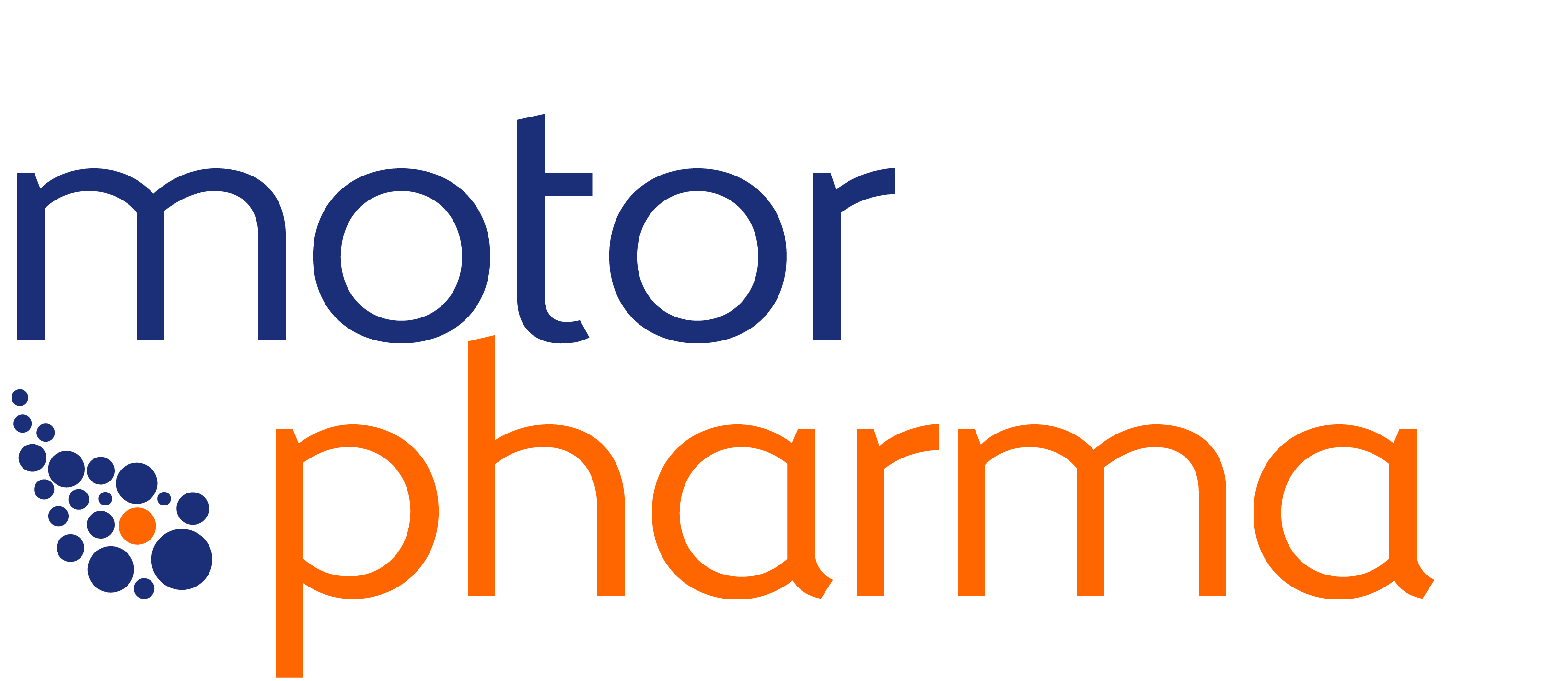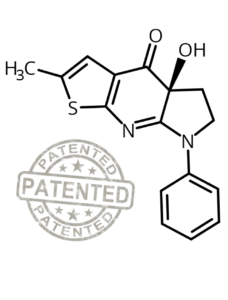Azidoblebbistatin
Photoreactive myosin inhibitor
Contact us for ordering and quotation:
Email: info@motorpharma.com
1. Contact us to get a quotation in your preferred currency
2. Confirm your shipping&billing address via email
3. Receive your compound within 5-7 business days via FedEx
4. Pay via bank transfer or Credit Card
2. Confirm your shipping&billing address via email
3. Receive your compound within 5-7 business days via FedEx
4. Pay via bank transfer or Credit Card
Price:
249 EUR/1 mg
996 EUR/5 mg
| Name of chemical: | Azidoblebbistatin |
| Chemical name: | (S)-1-(4-Azido-phenyl)-3a-hydroxy-6-methyl-1,2,3,3a-tetrahydropyrrolo[2,3-b]quinolin-4-one |
| Cat. No: | DR-A-081 |
| M.w: | 333.35 |
| Extinction coeff at 427 nm: | 6100 M -1 cm-1 |
| Chemical purity: | >95% |
| Ratio of (-) enantiomer: | >99.5% |
| Storage conditions: | In powder form or dissolved in DMSO in aliquots at -20 o C to limit freezing-thawing cycles. Always store in the dark. |
| NOTE: | Complete darkness is usually not required when handling the compound. Normally no significant degradation occurs if azidoblebbistatin is shaded properly from direct light, e.g. during the day, if the lights are switched off in the room and no direct sunlight enters the room. |
| Solubility in water based buffers: | ~7.5 uM with 0.1%DMSO |
| Reference: | Azidoblebbistatin, a photoreactive myosin inhibitor by Miklós Képiró, Boglárka H. Várkuti, Andrea Bodor, György Hegyi, László Drahos, Mihály Kovács, András Málnási-Csizmadia in Proc Natl Acad Sci U S A. 2012 Jun 12; 109(24):9402-7. doi: 10.1073/pnas.1202786109 |
| Recommendations for usage | |
| Photoactivation: | Recommended wavelength for initiating covalent crosslinking is around 300 nm. |
| Molecular tattoo: | The irradiation parameters have to be optimized for the sample and the two-photon instrument. |
| General recommendations: | The suggested wavelength for 2-photon irradiation is 860 nm. Based on the dimensions of the 2-photon laser focus, suggested step size is 0.1 um/pixel. In most cases fast scanning is recommended. It is important to check how much irradiation the sample tolerates without drug treatment to avoid photodamage. |
| Control experiments: | When planning non-photoreactive control treatments, consider para-nitroblebbistatin as a control compound. Reference: Para-nitroblebbistatin, the non-cytotoxic and photostable myosin II inhibitor by Miklós Képiró, Boglárka H. Várkuti, László Végner, Gergely Vörös, György Hegyi, Máté Varga, András Málnási-Csizmadia in Angew Chem Int Ed Engl. 2014 Jul 28;53(31):8211-5. doi: 10.1002/anie.201403540 |
| Photoactivation: | Recommended wavelength for initiating covalent crosslinking is around 300 nm. |
| Molecular tattoo: | The irradiation parameters have to be optimized for the sample and the two-photon instrument. |
| General recommendations: | The suggested wavelength for 2-photon irradiation is 860 nm. Based on the dimensions of the 2-photon laser focus, suggested step size is 0.1 um/pixel. In most cases fast scanning is recommended. It is important to check how much irradiation the sample tolerates without drug treatment to avoid photodamage. |
| Control experiments: | When planning non-photoreactive control treatments, consider para-nitroblebbistatin as a control compound. Reference: Para-nitroblebbistatin, the non-cytotoxic and photostable myosin II inhibitor by Miklós Képiró, Boglárka H. Várkuti, László Végner, Gergely Vörös, György Hegyi, Máté Varga, András Málnási-Csizmadia in Angew Chem Int Ed Engl. 2014 Jul 28;53(31):8211-5. doi: 10.1002/anie.201403540 |
| A protocol for the full inhibition of myosin in the stress fiber of a HeLa cell | |
| drug concentration and incubation | 5 µM azidoblebbistatin, |
| 15 mins irradiated area (ROI) | 2.4 µm x 10-15 µm irradiation |
| wavelength | 860 nm |
| laser intensity | 3.5 % (~20 mW in the focal spot) |
| scanning speed | 166.1 µm/ms |
| step size | 0.1 µm/ pixel |
| irradiation time | 10 cycles repeated every 2 sec: scanning the ROI for 500 ms |




